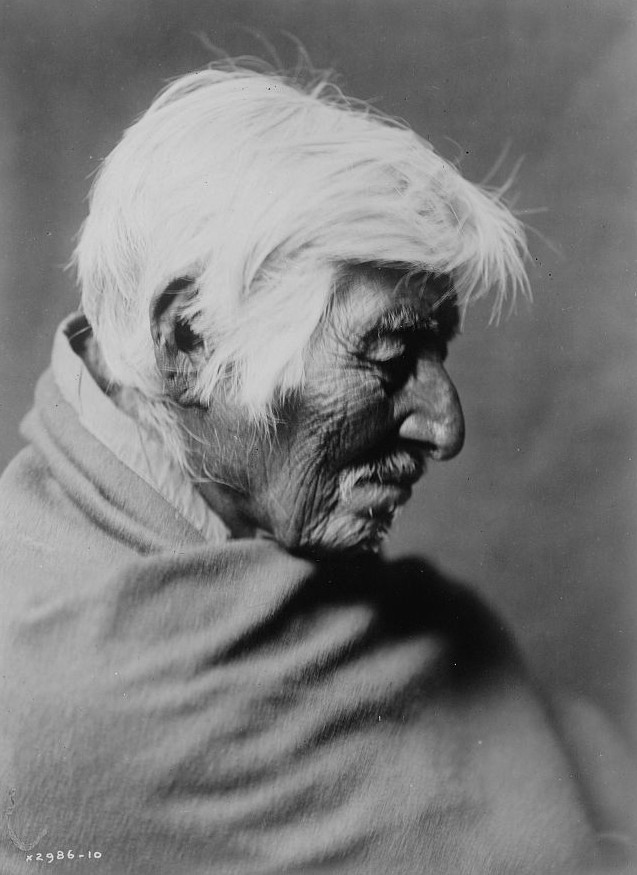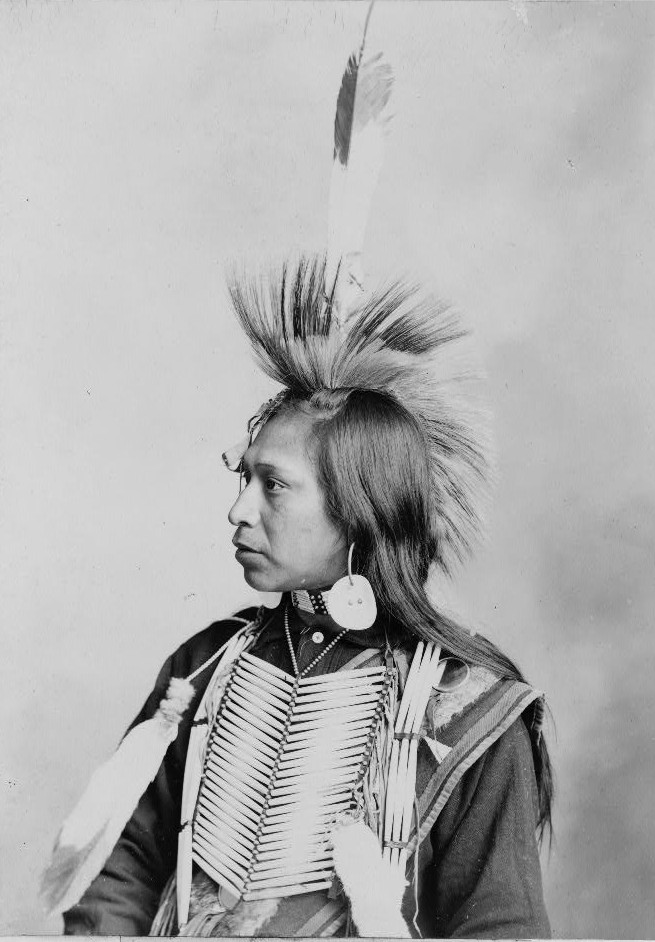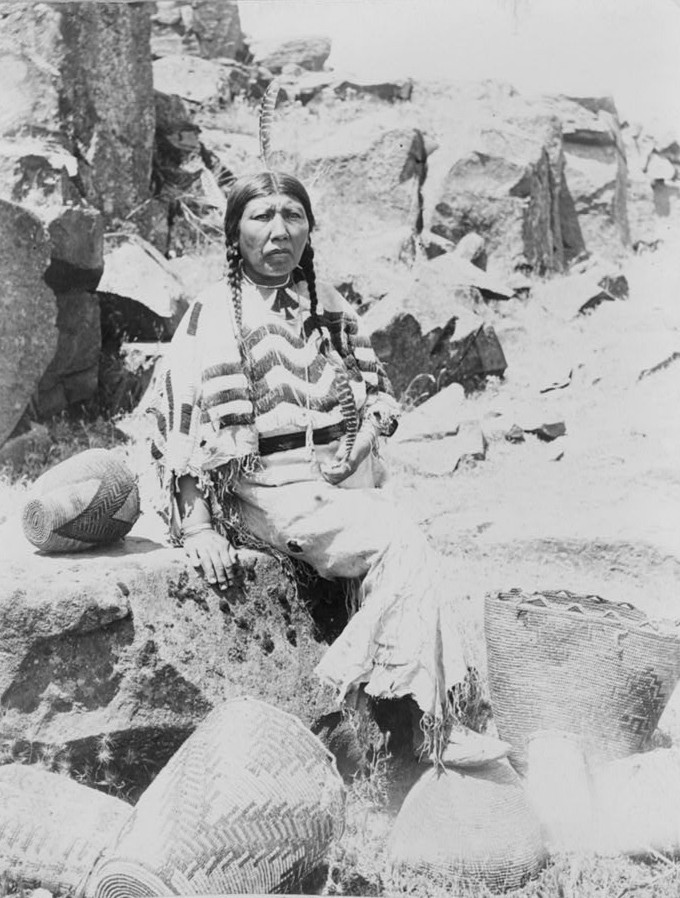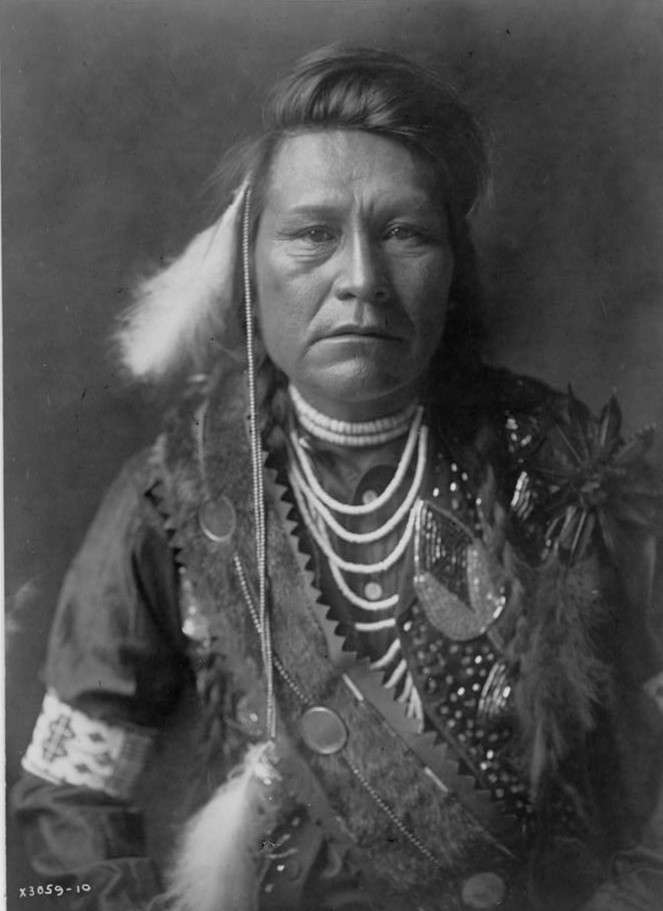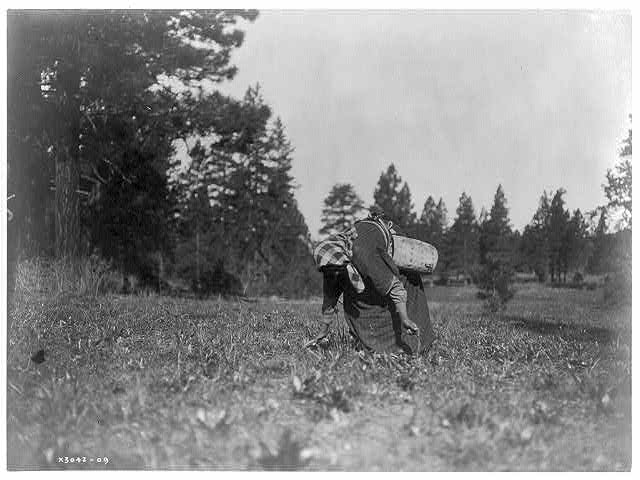“Our faith and our friendships are not shattered by one big act but by many small neglects.’ J. Gustave White
Edward Sheriff Curtis (February 16, 1868 – October 19, 1952) was an American ethnologist and photographer of the American West and of Native American peoples. He photographed many Native Americans during his lifetime. Some of his photographs are below of the Klickitat, Yakima and Umtillas.
The Klickitat (also spelled Klikitat) are a Native American tribe of the Pacific Northwest. Today they are enrolled in the federally recognized Confederated Tribes and Bands of the Yakama Nation.
Klickitat Native American by photographer Edward S. Curtis ca. 1903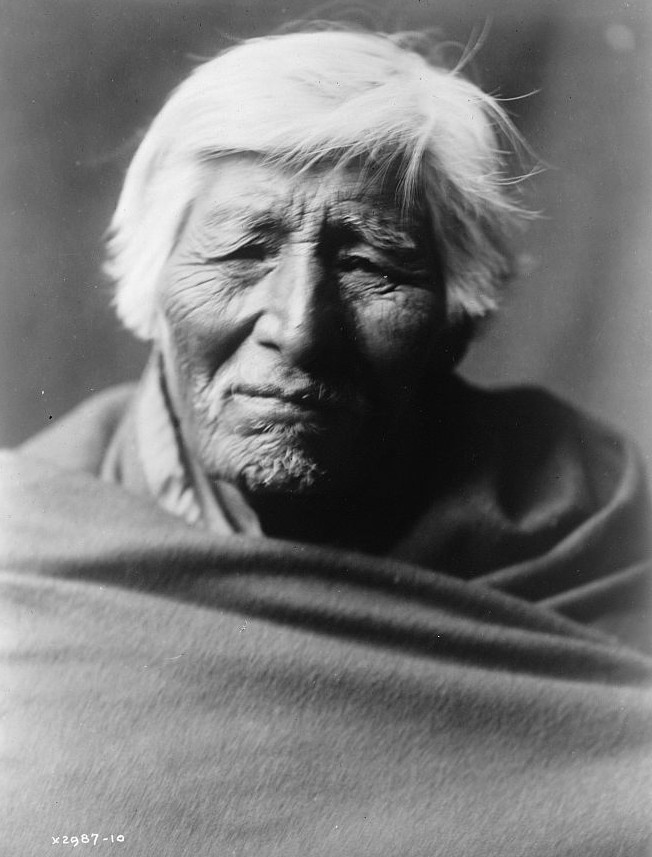
Klickitat profile photograph by Edward S. Curtis ca. 1903
A Shahaptian tribe, their eastern neighbors were the Yakama, who speak a closely related language. Their western neighbors were various Salishan and Chinookan tribes. Their name has been perpetuated in Klickitat County, Washington, Klickitat, Washington, Klickitat Street in Portland, Oregon, and the Klickitat River, a tributary of the Columbia River.
The Klickitat were noted for being active and enterprising traders, and served as intermediaries between the coastal tribes and those living east of the Cascade Mountains.
Klickitat Native American ca. 1899
The ancestral lands of the Klickitat were situated north of the Columbia River, at the headwaters of the Cowlitz, Lewis, White Salmon, and Klickitat rivers, in present-day Klickitat and Skamania Counties. They occupied their later base after the Yakama crossed this river. In 1805, the Klickitat were encountered by the Lewis and Clark Expedition. Lewis and Clark found them wintering on the Yakima and Klickitat Rivers and estimated their number at about 700.
Klickitat woman with baskets – photograph by Benjamin A. Gifford ca. 1900
In the early 1850s, the Klickitat Tribe raided present-day Jackson County, Oregon from the north and settled the area. Modoc, Shasta, Takelma, Latgawas, and Umpqua Indian tribes had already lived within the present boundaries of that county. Between 1820 and 1830, an epidemic of fever struck the tribes of the Willamette Valley. The Klickitat took advantage of the drop in population in this region and crossed the Columbia River and occupied territory occupied by the Umpqua. This was not permanent, however, as they were pushed back to their original homeland.
The Klickitat War erupted in 1855. The Klickitat capitulated and joined in the Yakima treaty at Camp Stevens on June 9, 1855. They ceded their lands to the United States. Most of them settled upon the Yakima Indian Reservation.
Inashah–Yakima by photographer E. S. Curtis in ca. 1903
A mountain camp–Yakima by photographer Edward S. Curtis ca. 1903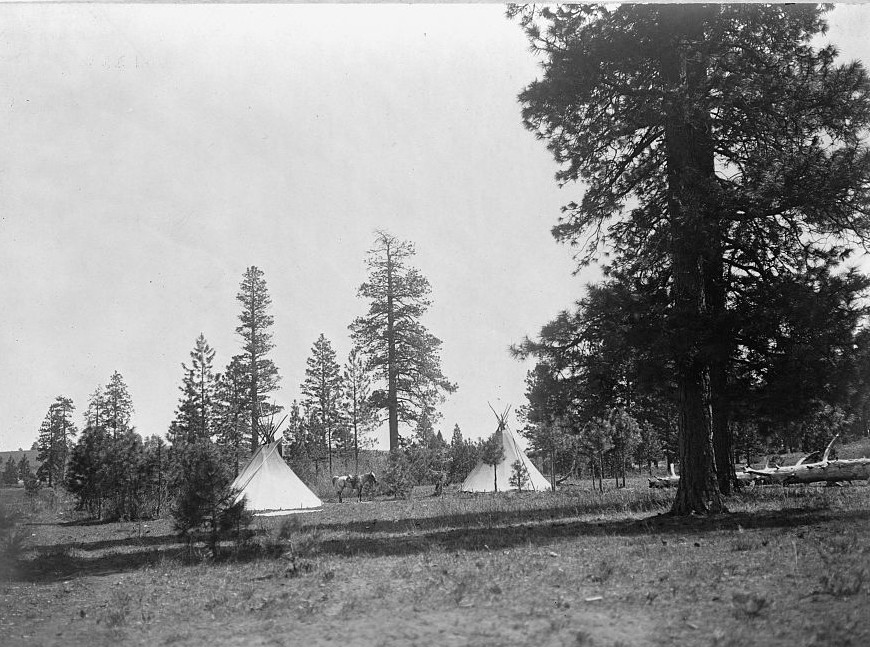
Camp of the Root Diggers–Yakima by photographer Edward S. Curtis
The Root Digger–Yakima by Edward S. Curtis ca. 1903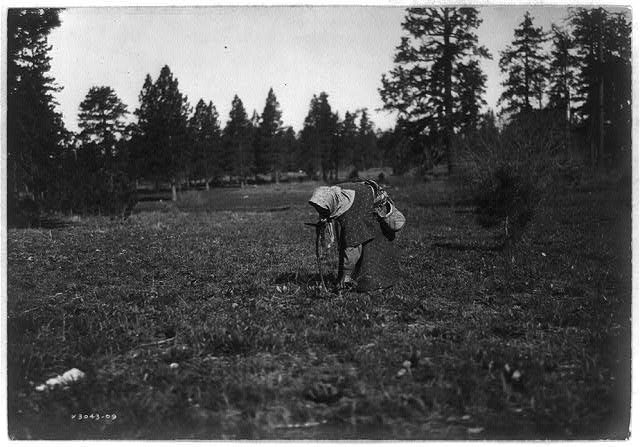
A Yakama Boy by Edward S. Curtis ca. 1903
The Yakama Indian Reservation is a United States Indian reservation of the federally recognized tribe, the Confederated Tribes and Bands of the Yakama Nation.
The piyake gatherer by Edward S. Curtis ca. 1903
Drying Piahe–Yakima by photographer Edward S. Curtis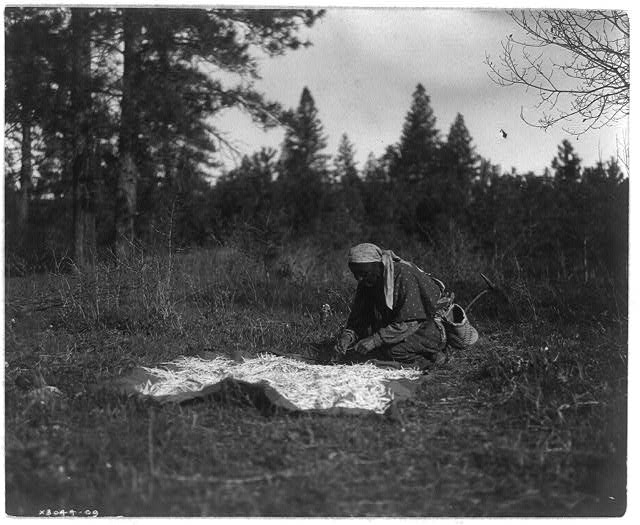 A young Yakima by Edward S. Curtis ca. 1903
A young Yakima by Edward S. Curtis ca. 1903
Mat lodge–Yakima by Edward S. Curtis ca. 1903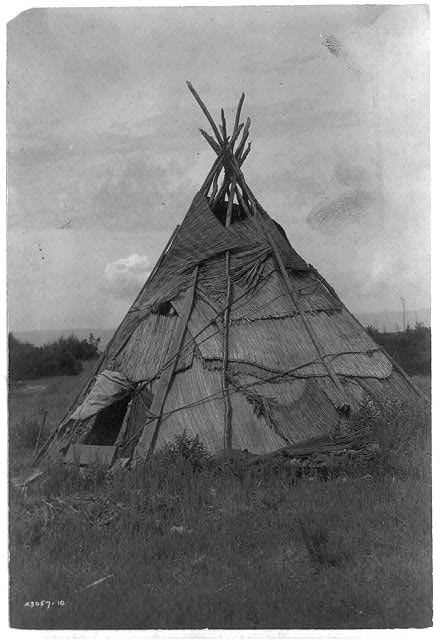
A holiday lodge–Yakima by Edward S. Curtis ca. 1903
Mnainak, a Yakima chief by Edward S. Curtis
Wife of Mnainak–Yakima by Edward S. Curtis ca. 1903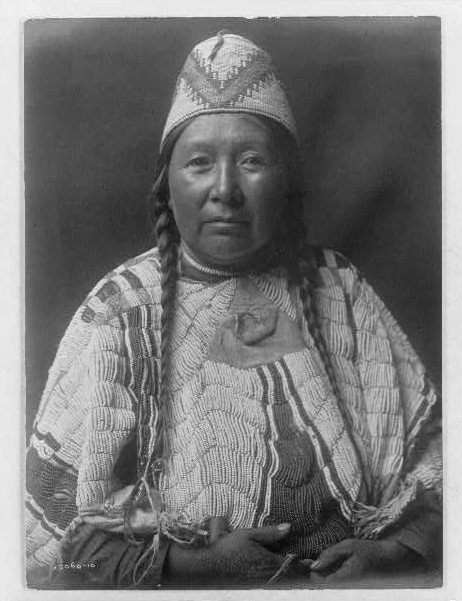
Sons of Yakima chief by Edward S. Curtis ca. 1903
The tribe is made up of Klikitat, Palus, Wallawalla, Wanapam, Wenatchi, Wishram, and Yakama peoples.
The Umatilla are a Sahaptin-speaking Native American group who traditionally inhabited the Columbia Plateau region of the northwestern United States, along the Umatilla and Columbia rivers.
Innocence, an Umatilla girl, full-length portrait, standing by tree, facing slightly right by Edward S. Curtis ca. 1903
Umatilla child by Edward S. Curtis ca. 1903
Youth in holiday costume-Umatilla by Edward S. Curtis ca. 1903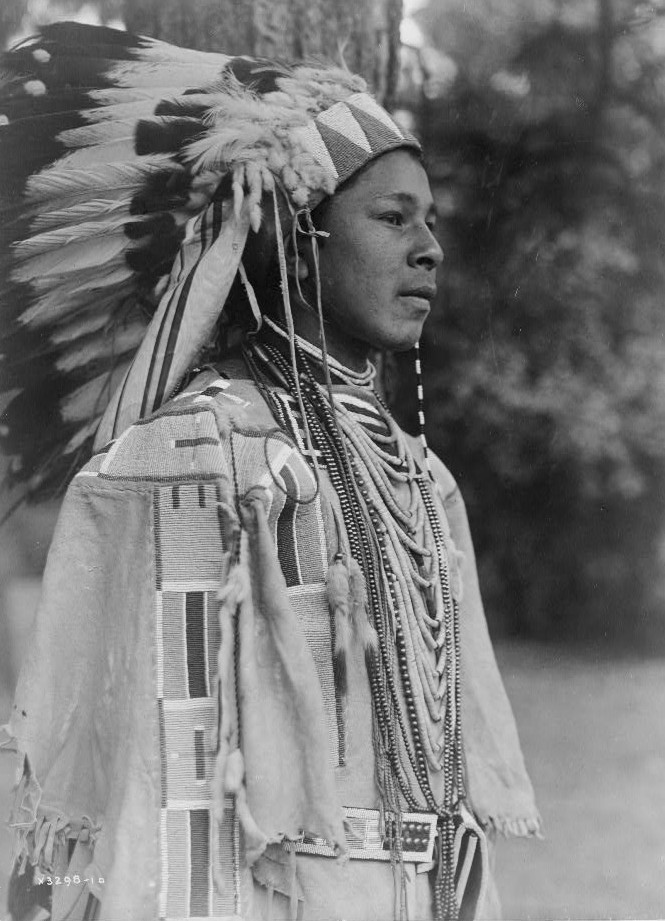
Umatilla maiden by Edward S. Curtis ca. 1903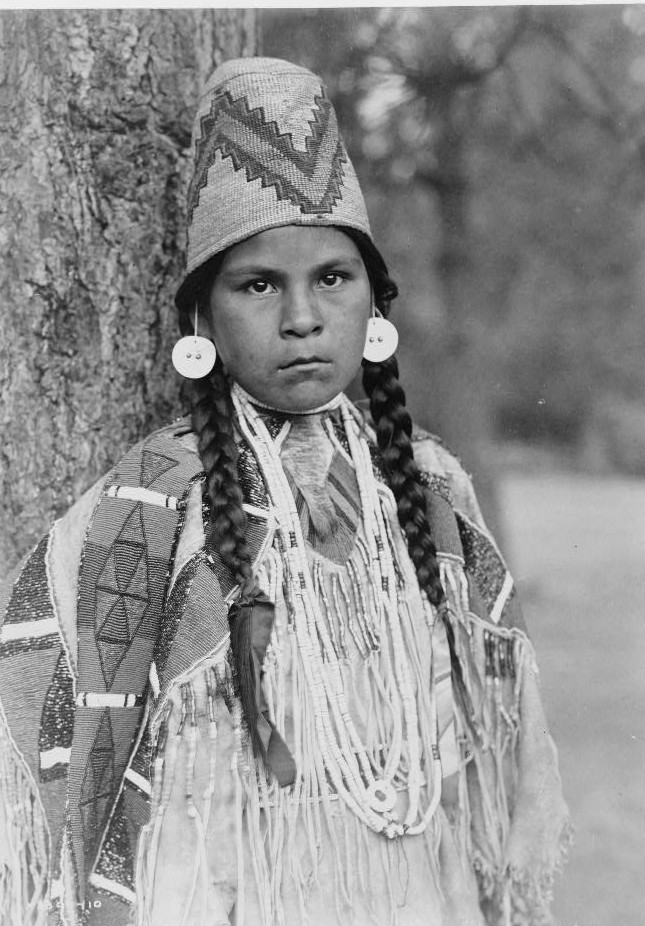
In 1855 the inland Sahaptin-speaking nations were forced to surrender their historic homelands under treaty to the United States government, in exchange for territorial set-asides on reservations.
Today the Umatilla share land and a governmental structure with the Cayuse and the Walla Walla tribes as part of the federally recognized Confederated Tribes of the Umatilla Indian Reservation. Their reservation is located near Pendleton, Oregon and the Blue Mountains.
Inspired by true events, Col. John Washington (ancestor of President George Washington), Randall Revell, Tom Cottingham, Edmund Beauchamp ward off Indian attacks and conquer the wilds of Maryland’s Eastern shore in 17th century colonial America in this historical novel.

